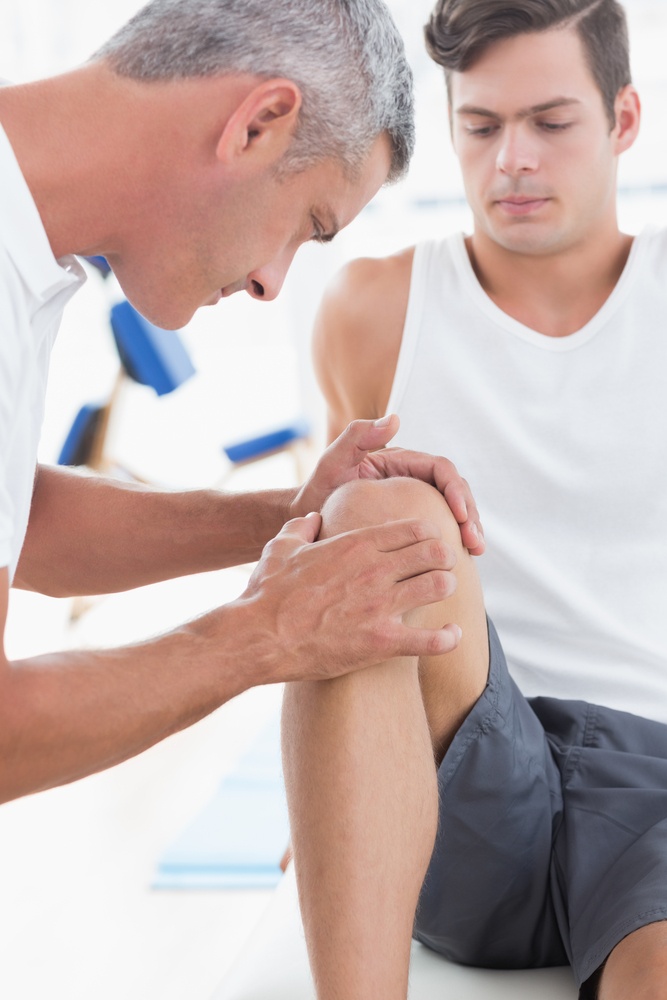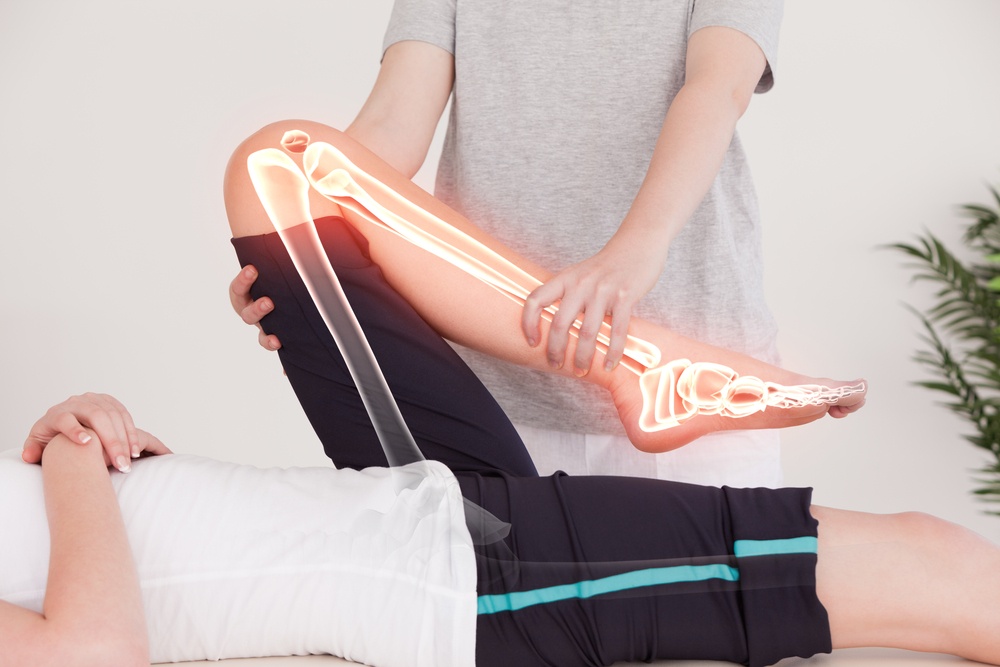Summer is coming to an end, the weather will start to cool, and we will find ourselves indoors more often. That can mean less physical activity for some. Any change in activity can make us more susceptible to bone and joint related issues.
Bone and joint health awareness week is here, which is a good time to talk about how to take care of your bones and joints.
WHY IS BONE AND JOINT HEALTH IMPORTANT?
Bone, mostly made of collagen, is a living, growing tissue. Collagen is the protein that provides a soft framework for the bone, and calcium phosphate is a mineral that gives your bones strength and hardens that framework.
The combination of collagen and calcium makes the bones strong, yet flexible to withstand any stress put on them.
Did you know that most of the calcium found in your body is within your bones and teeth? Only one percent is found within your blood.
Each bone contains two forms of tissue:
- Compact or Cortical Bone: Dense bone that is solid and found on the external surface of the bone.
- Cancellous or Trabecular Bone: Spongy bone that forms an area of struts and plates and is located inside the bone.
The major functions of bones are to provide structural support to the body, an environment for your marrow (where you blood cells are produced), to protect your organs and attachment sites for muscle/tendons for movement.
WHAT IS A JOINT?
A joint is where two or more bones come together for the purpose of movement or stability. Contraction of muscles crossing the joint causes it to move. They are designed to bear weight and move the body.
Joints can only move in four ways:
- Gliding: One bony surface glides on another, without angular or rotatory movement.
- Angular: A movement that occurs only between long bones, increasing or decreasing the angle between the bones.
- Circumduction: Refers to a conical (shape of a cone) movement of a body part, such as a ball and socket joint.
- Rotation: A bone moves about a central axis without moving from this axis.
Keeping your bones and joints healthy now can be important for later. And, it’s preferable to build bone and joint health during childhood; however, you can also take steps in adulthood to protect your bones.

Most people reach their peak bone mass around age 30. After that, bone remodeling continues, but you lose slightly more bone mass than you gain.
How likely you are to develop osteoporosis, a condition that causes bones to become weak and brittle, depends on how much bone mass you attain by the time you reach age 30 and how rapidly you lose it after that. The higher your peak bone mass, the less likely you are to develop osteoporosis as you age.
It is important to protect joints in order to keep them lasting a long time and avoid problems such as arthritis, dislocations and other injuries. Joints that are not cared for are more susceptible to these injuries and can damage joints.
TIPS TO KEEP YOUR BONES AND JOINTS HEALTHY
A number of risk factors can affect your bone and joint health including how much calcium intake you have, physical activity, gender, size, age, tobacco and alcohol use, family history, hormonal levels and mental health conditions.
Following these tips can help reduce pain, prevent damage and improve your quality of life and health.
- Exercise to strengthen your joints: Strengthening your muscles can reduce strain on your joints. We always recommend an evaluation from a trained professional on the best exercise routine suited for your needs.
- Stretch before exercising: Before exercising, our bodies need to be warmed up in order to avoid injuries. Joint pain from weight lifting can be caused by tendonitis, inflammation or irritation of the tendons, which can be reduced by stretching and warming up before exercising.
- Weight: Extra body weight can cause strain on our joints, mainly the knee joints. Losing a few pounds can help reduce pain and improve circulation.
- Vitamin D: Vitamin D helps your body absorb calcium and maintain enough calcium and phosphate in our blood. It also improves bone growth and the breaking down and building up of bones. Low levels of vitamin D can contribute to osteoporosis. Sunlight is the best source of Vitamin D, so in the winter months, taking a vitamin D supplement is helpful.
- Stop smoking: Smokers tend to have lower bone density and are at a higher risk for fractures than those that don’t smoke. Smoking can have an increased risk of osteoporosis, back pain and tendonitis.
- Range of motion exercises: Arthritis is associated with limited range of motion. To improve your range of motion, you should put your joints through its full range of motion by extending, rotating and bending your joints. Range of motion exercises improves flexibility, relieves stiffness and keeps your joints functional.
FOODS THAT ARE GOOD FOR YOUR BONES
Eating a healthy diet is good for your joints because it helps build strong bones and muscles. For your bones, it is important to get enough calcium everyday. You can do this by eating foods such as milk, yogurt, broccoli and figs.
For your muscles, you need to eat enough protein. Lean meats, seafoods, beans, legumes and nuts are a good source of protein. Your age, sex and activity level depends on how much you need.
Milk and other dairy products are not the only foods that are good for our bones. Fruits and vegetables are also good for our bones. Fruits and vegetables can provide several of the vitamins and minerals our bodies need to maintain bone mass. They also contain magnesium, calcium and Vitamin K, which can make for strong bones.
MOUNTAINSTATE ORTHOPEDIC ASSOCIATES | HEALTHY BONES AND JOINTS
Bone and joint health is important because they play many roles in the body, such as providing structure and protection.
Our goal is to return patients to an active lifestyle by reducing bone and joint pain to get you back to doing the activities you love without any pain.
Mountainstate Orthopedic Associates has been providing care to our patients since 1977. Don’t let bone and joint pain hold you back from doing the things you enjoy.
Give us a call at 304-599-0720 to schedule an appointment.

